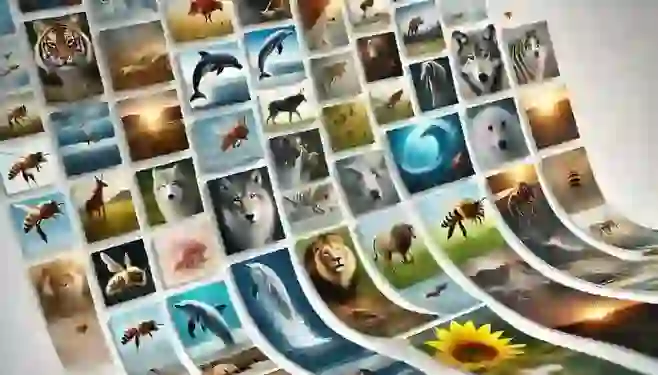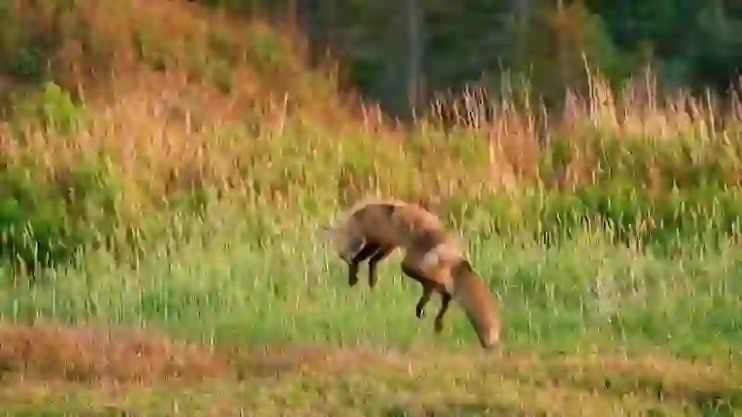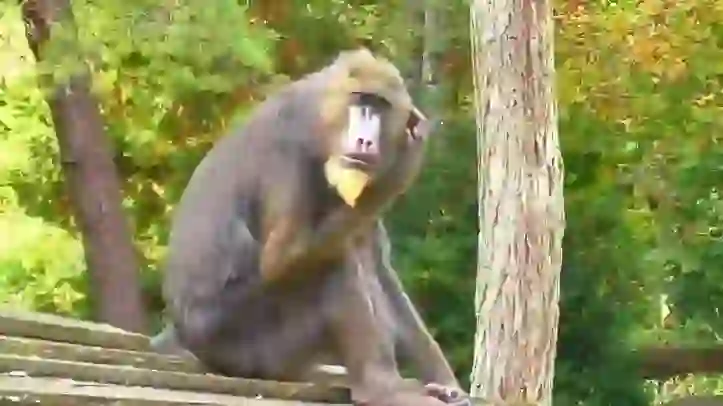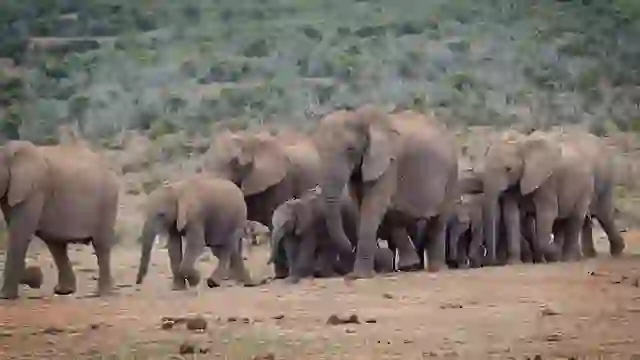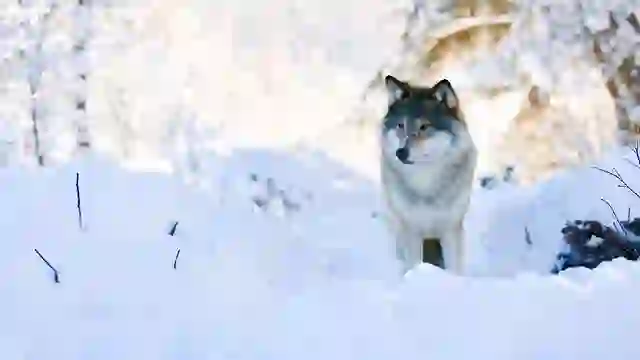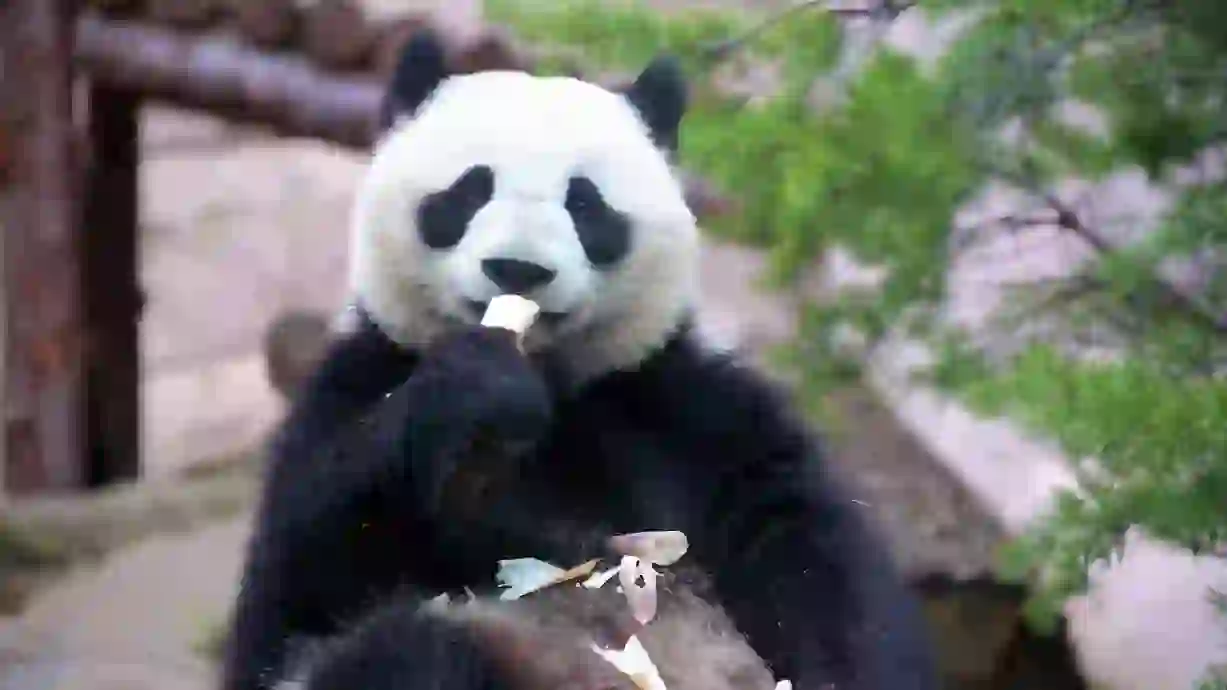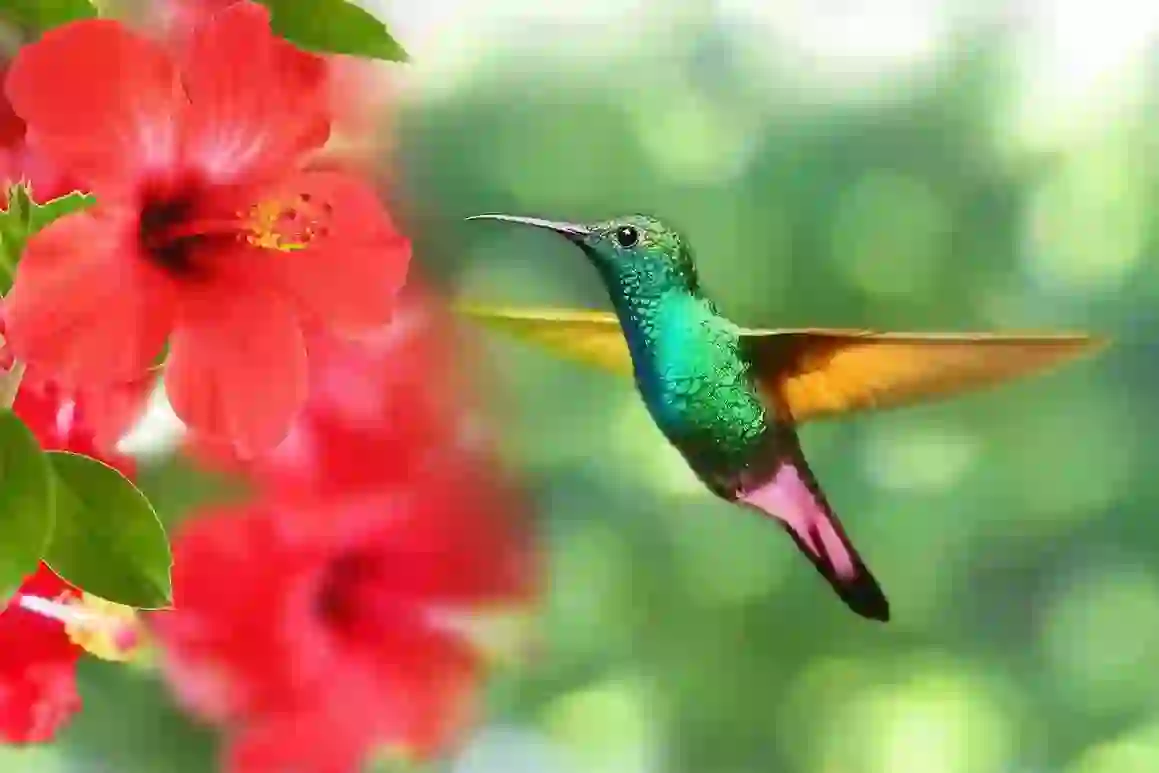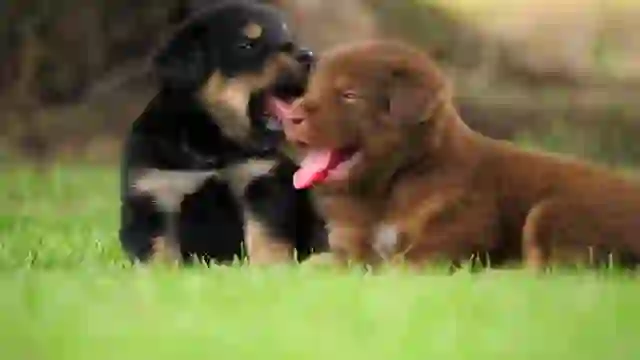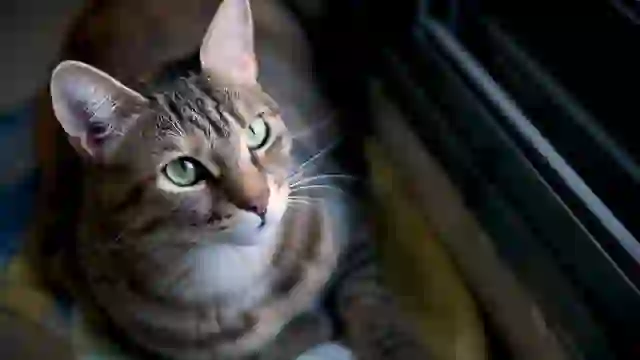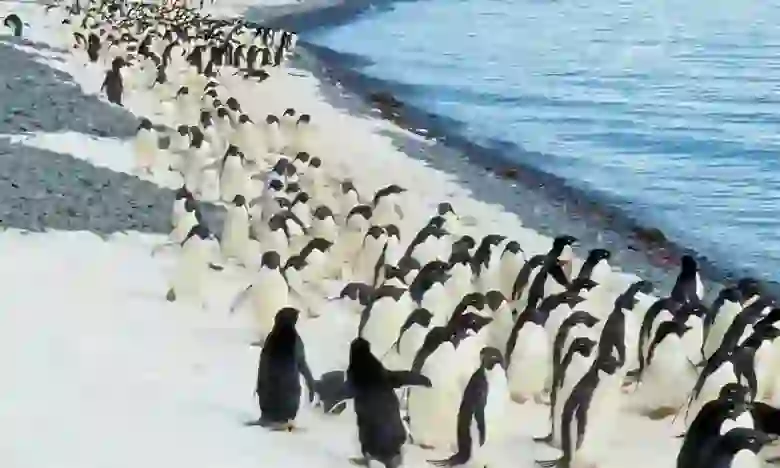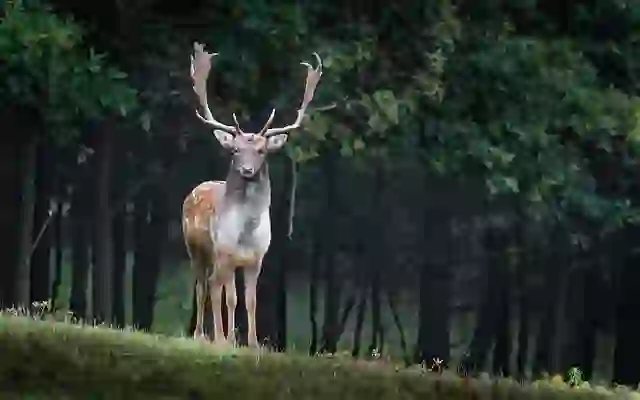
Sloth Bear
Sloth Bear
Sloth Bear
Deep within the forests of the Indian subcontinent lives a peculiar and endearing bear. The sloth bear, with its long snout, shaggy fur, and penchant for demolishing anthills, is a truly unique creature. Join us as we explore the fascinating ecology of these bears and uncover their captivating charm.
Sloth Bear Basic Infomation
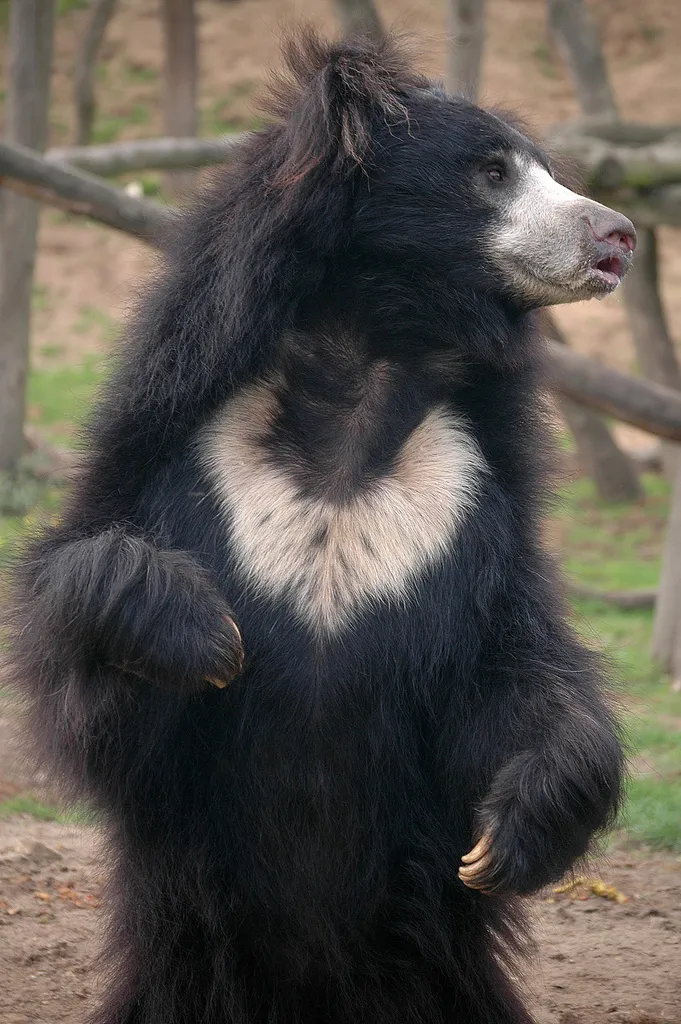
| Property | Value |
|---|---|
| Scientific Name | Melursus ursinus |
| Taxonomic Status | SPECIES |
| Rank | SPECIES |
| Vernacular Names | Sloth Bear |
| Kingdom | Animalia |
| Phylum | Chordata |
| Class | Mammalia |
| Order | Carnivora |
| Family | Ursidae |
| Genus | Melursus |
| Habitats | Lowland areas of India, Sri Lanka, Nepal, Bhutan, and Bangladesh |
| Descriptions | The sloth bear is a species of bear native to the Indian subcontinent, characterized by its black fur, distinctive long snout, and thick lips. |
| Conservation Status | Vulnerable |
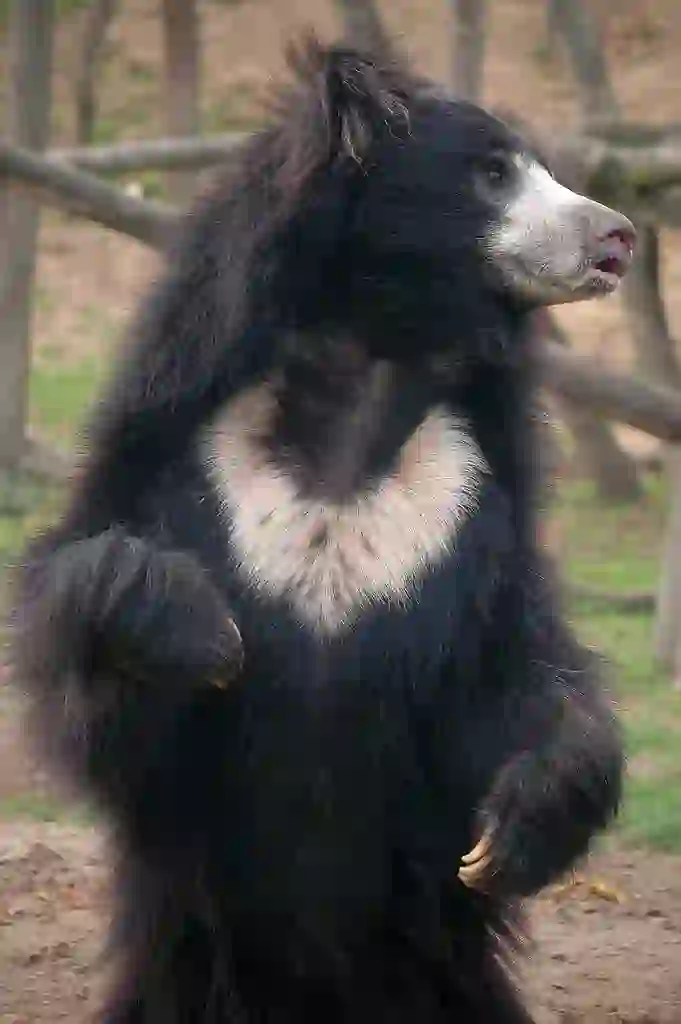
Size
Head and body length ranges from 140 to 190 centimeters, and tail length is 8 to 17 centimeters. Males are slightly larger than females, with males weighing 70 to 145 kilograms and females 50 to 95 kilograms.
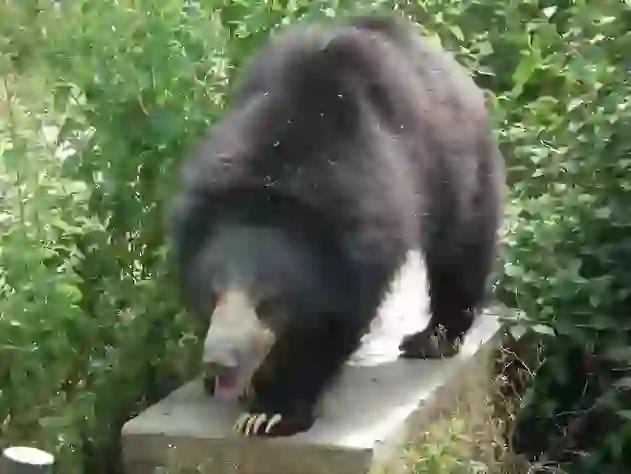
Lifespan
About 20 years in the wild, and up to 30 years in captivity.
_male_1.webp?alt=media)
Distribution
Found in lowland areas of India, Sri Lanka, Nepal, Bhutan, and Bangladesh.
Sloth Bear Q&A

Are sloth bears really as slow as sloths?
You might think their name comes from being slow like a sloth… but actually, that's not the case! Sloth bears are capable climbers using their long claws and can move quickly when needed.
So why are they called "sloth bears"? It's said that the name comes from their resemblance to sloths when they use their long snouts to suck up ants and termites.

Do they only eat ants and termites?
Ants and termites are the sloth bear's favorite foods. However, that's not all! They also eat fruits, honey, and flowers. Being omnivores, they have the flexibility to eat a variety of things depending on their environment.
_male_1.webp?alt=media)
How do they eat ants and termites?
Sloth bears have a special body structure for eating ants and termites. They use their long snouts and the gap between their lips to create powerful suction, vacuuming up anthills in an instant!
(Video: A sloth bear sucking up an anthill)
_male_3.webp?alt=media)
[Quiz!] How do sloth bear cubs travel?
Sloth bear cubs cling to their mothers' backs to travel. Even when their mothers climb trees, the cubs hold on tight and don't let go. It's as if they're wearing their mothers' fur coats!

[Quiz!] When are sloth bears most active?
Sloth bears are nocturnal. They rest in the shade of trees or in caves during the day and become active at night. There's something mystical about them as they wander through the darkness searching for anthills.

[Quiz!] Are sloth bears endangered?
Sadly, sloth bears are endangered. Deforestation, habitat destruction, and poaching are causing their numbers to decline. To protect sloth bears, we need to change our awareness and actively participate in conservation efforts.

Would you like to become a part of the 'Animalbook.jp'?
Turn your knowledge into Q&A and share it with the world. ※Publication will be activated after purchase. Let's share information together!
Sloth Bear Type of List

Sloth Bear Ecology
- Nocturnal
- Solitary
- Have a keen sense of smell
- Can climb trees
- Don't hibernate
Information
Congratulations! You are the first commenter!

Create Your Favorite List!
Sloth Bear
Save the animals you love! Build your own list to quickly revisit your favorites later.

Would you like to leave a comment?
※Please note: This is for the purchase of rights to post comments within the article.
Find Your Favorites!
Our shop offers a unique and attractive selection of goods themed around various animals.
Sloth Bear References
Sloth Bear Introduction of media used

https://www.flickr.com/photos/mape_s/ mape_s, CC BY 2.0, via Wikimedia Commons

Rameshng, CC BY-SA 3.0, via Wikimedia Commons
_male_1.webp?alt=media)
Charles J. Sharp, CC BY-SA 4.0, via Wikimedia Commons
_male_3.webp?alt=media)
Charles J. Sharp, CC BY-SA 4.0, via Wikimedia Commons

Help Enrich Our Animalbook.jp with Your Media!
We are constantly looking to expand and enrich our Animalbook.jp with amazing photos and videos of animals. If you have any media that you'd like to share, please contribute and help us showcase the beauty and diversity of the animal kingdom. Your submissions will be credited and featured in our encyclopedia, reaching a wide audience of animal lovers.


